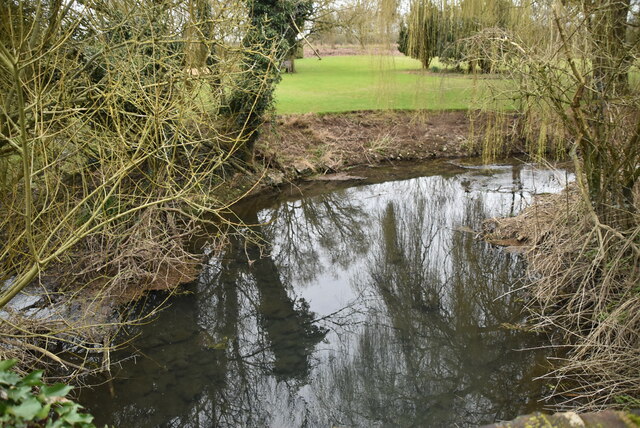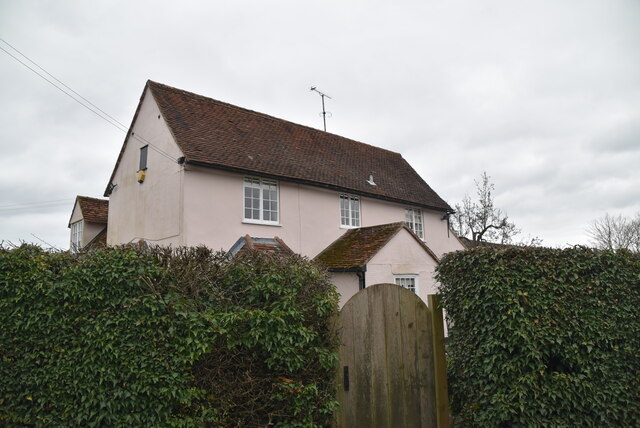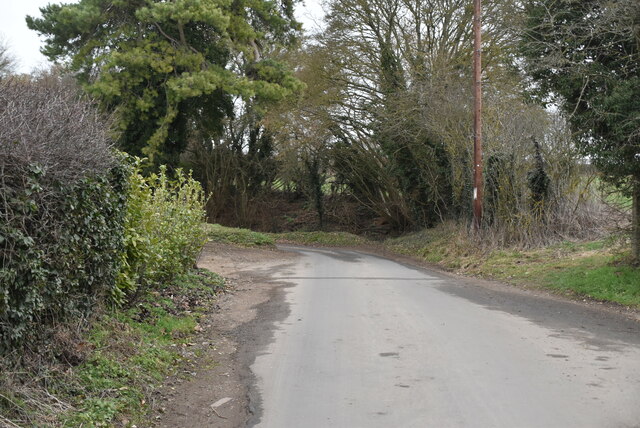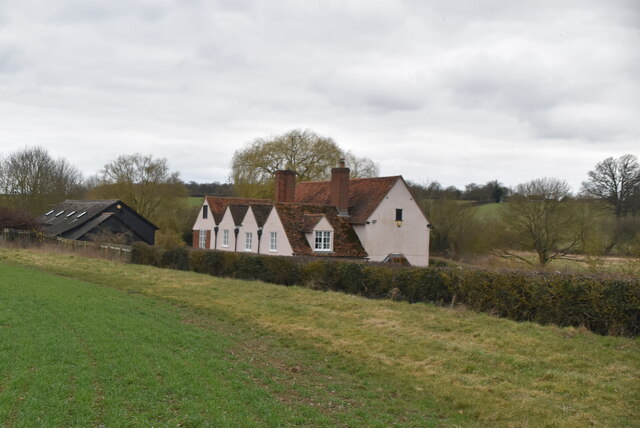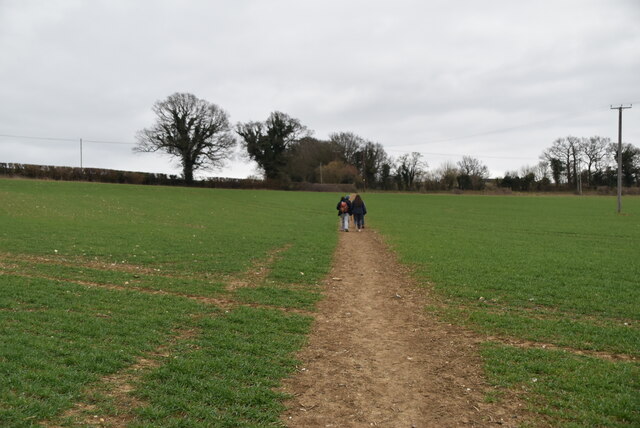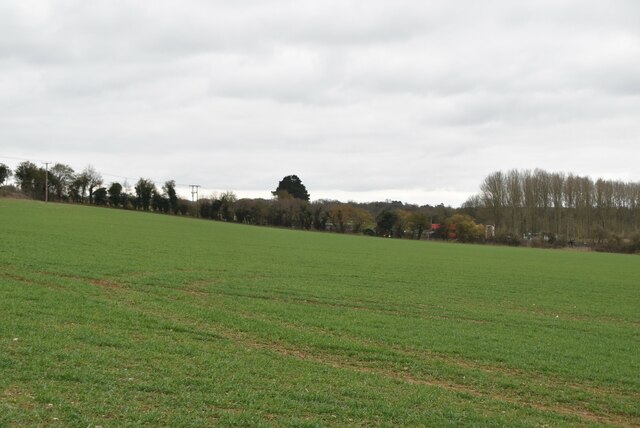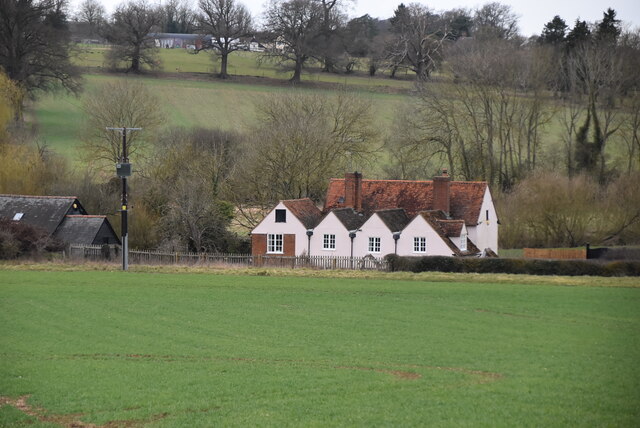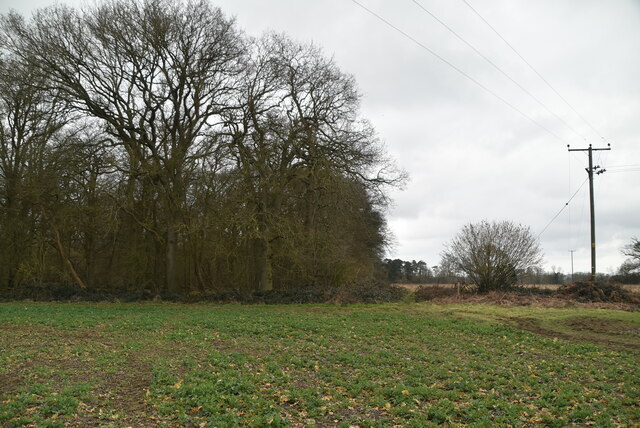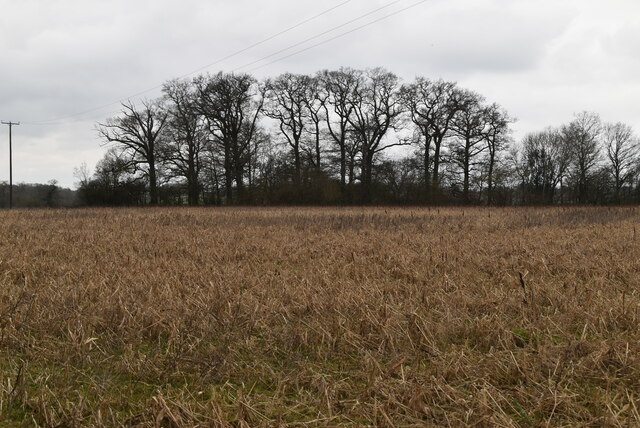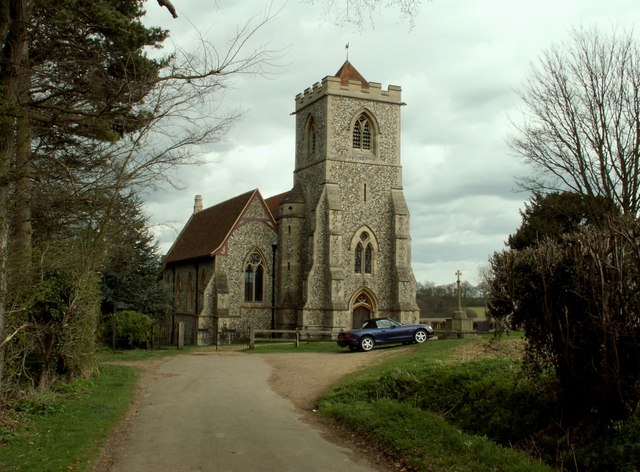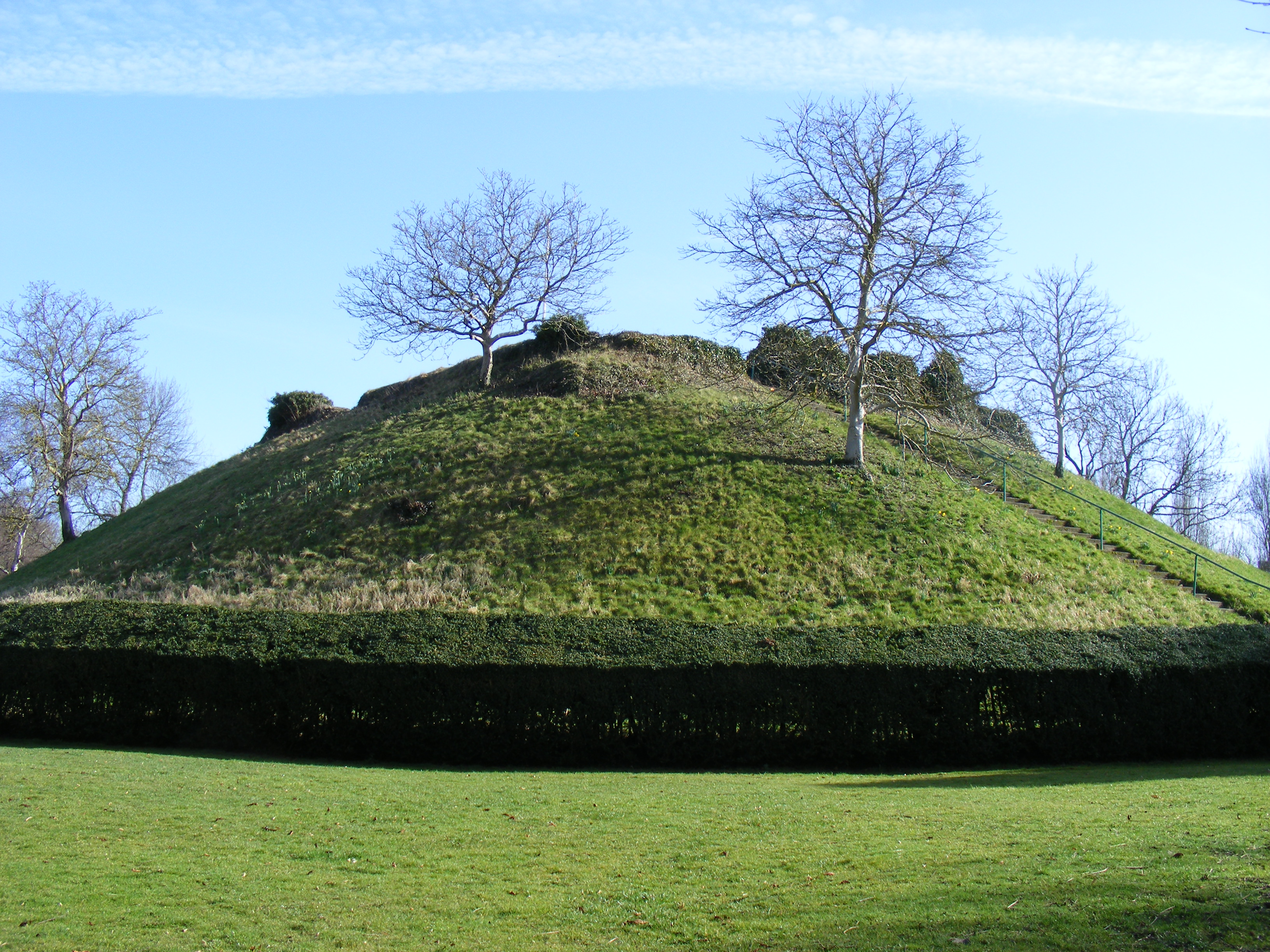Oak Plantation
Wood, Forest in Essex Uttlesford
England
Oak Plantation
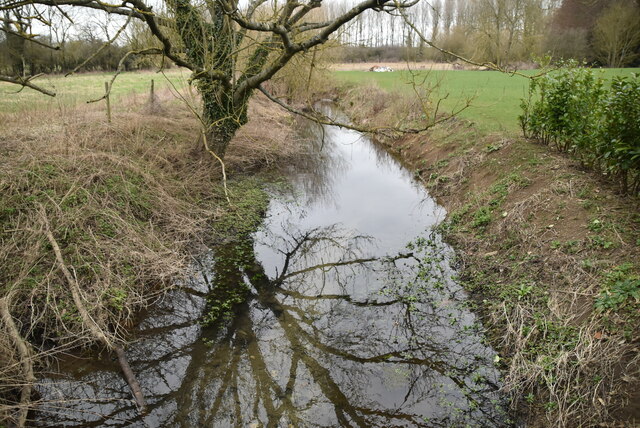
Oak Plantation is a picturesque woodland located in Essex, England. Spanning over a vast area, it is known for its dense population of majestic oak trees, which give the plantation its name. The woodland is situated in a rural area, surrounded by rolling hills and fields, creating a serene and peaceful atmosphere.
The oak trees in Oak Plantation are of various ages, ranging from young saplings to ancient, towering giants. Their impressive size and sprawling branches provide ample shade and create a beautiful canopy overhead, making it an ideal spot for nature enthusiasts and leisurely walks. The plantation is also home to a diverse range of flora and fauna, with an abundance of wildflowers, ferns, and mosses covering the forest floor. It is not uncommon to spot woodland animals such as squirrels, rabbits, and a variety of bird species, including woodpeckers and owls.
The plantation is well-maintained, with marked trails and paths that allow visitors to explore the woodland easily. These paths wind through the trees, offering breathtaking views and opportunities for nature photography. There are also designated picnic areas and benches where visitors can relax and enjoy the tranquility of the surroundings.
Oak Plantation is a popular destination for both locals and tourists, offering a peaceful escape from the hustle and bustle of urban life. It is a haven for those seeking solace in nature, where they can immerse themselves in the beauty and serenity of the Essex countryside.
If you have any feedback on the listing, please let us know in the comments section below.
Oak Plantation Images
Images are sourced within 2km of 51.898743/0.15336722 or Grid Reference TL4824. Thanks to Geograph Open Source API. All images are credited.

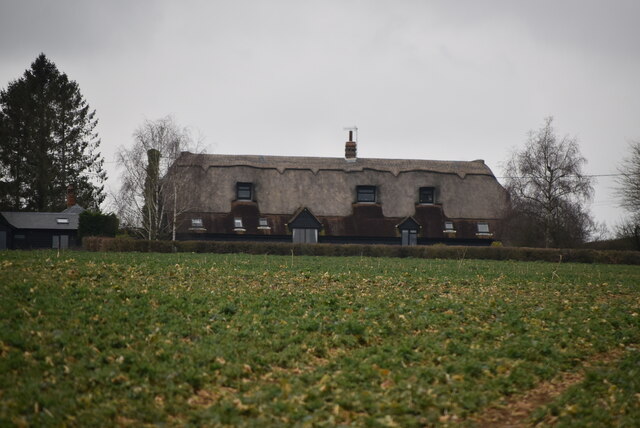
Oak Plantation is located at Grid Ref: TL4824 (Lat: 51.898743, Lng: 0.15336722)
Administrative County: Essex
District: Uttlesford
Police Authority: Essex
What 3 Words
///jelly.juggler.goose. Near Bishops Stortford, Hertfordshire
Nearby Locations
Related Wikis
Bentfield Bury
Bentfield Bury is a small village in Essex, England. It is one of over 100 villages in the district of Uttlesford and is within Stansted Mountfitchet parish...
Farnham, Essex
Farnham is a small village in Essex, England, situated near Bishop's Stortford. The main features are Farnham Church of England Primary School, the church...
Bentfield Green
Bentfield Green is an area of common land and settlement in the village of Stansted Mountfitchet, in the civil parish of Stansted Mountfitchet, in the...
Cricket Field Lane
Cricketfield Lane is a cricket ground in Bishop's Stortford, Hertfordshire. The earliest recorded match on the ground was in 1862 between Bishop's Stortford...
Manuden
Manuden is a village and civil parish in the Uttlesford district of Essex, England. It is located around 3+1⁄2 miles (6 km) north of Bishop's Stortford...
Stansted Mountfitchet Windmill
Stansted Mountfitchet Windmill is a grade II* listed Tower mill at Stansted Mountfitchet, Essex, England which is also a Scheduled Ancient Monument. It...
Stansted F.C.
Stansted Football Club is an English football club based in Stansted Mountfitchet, Essex. The club are currently members of the Spartan South Midlands...
Waytemore Castle
Waytemore Castle is a ruined castle in the town of Bishop's Stortford in Hertfordshire, England. The remains are a Grade I listed structure.This began...
Nearby Amenities
Located within 500m of 51.898743,0.15336722Have you been to Oak Plantation?
Leave your review of Oak Plantation below (or comments, questions and feedback).
